Photo Art
Manu Agah’s new take on colour and light
Photo artist Manu Agah about his new take on colour and light

»I have long been interested in alienation, vistas or reflections that give the pictures depth and different levels ...«
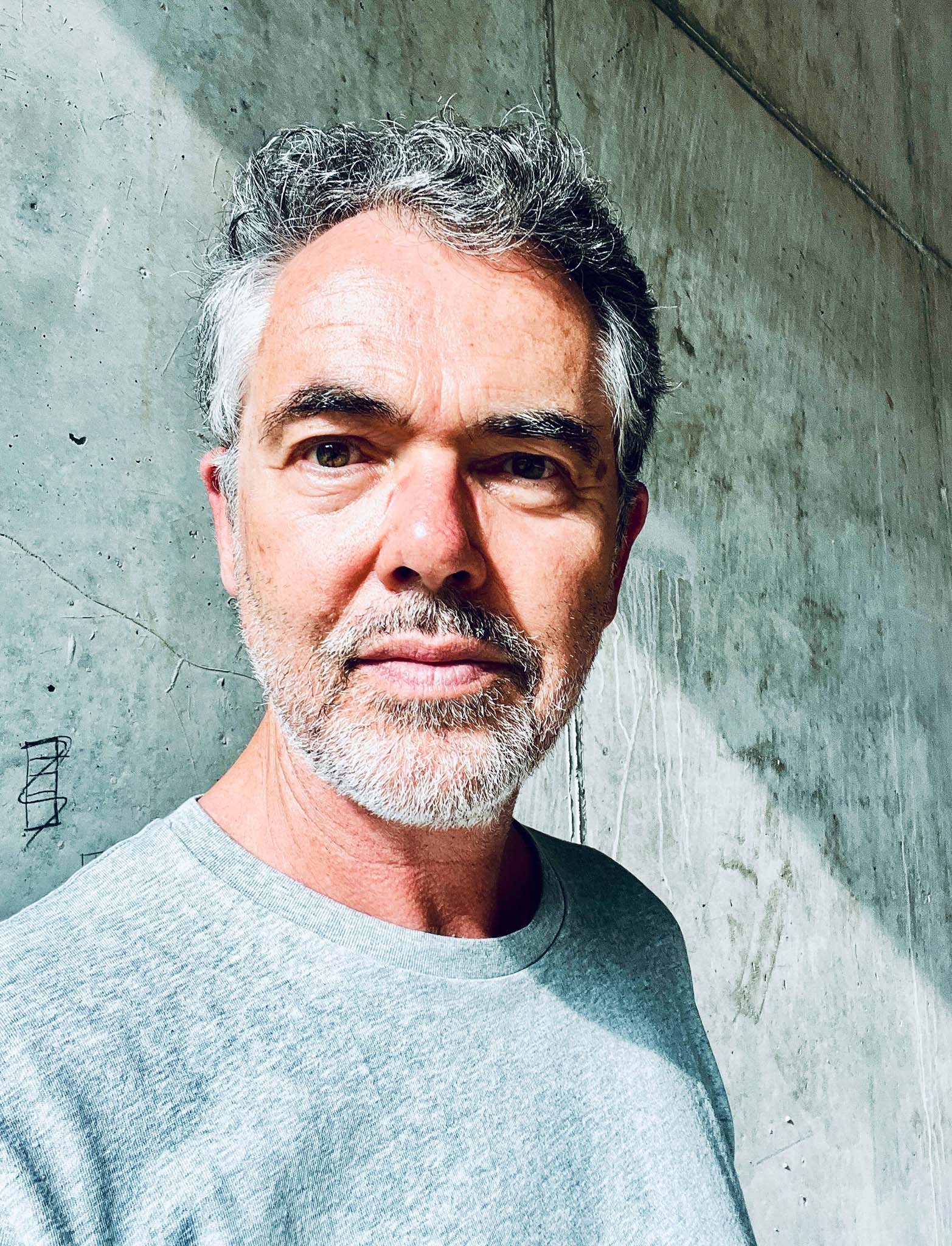
You have been working as a renowned photographer for magazines and agencies for more than 30 years. What motivated you to realise these new abstract works?
The abstract paintings have been in progress for some time, but I initially collected the works unconsciously and it was only when I was asked by the Oberfett Gallery to take part in the “Abstract Now” exhibition that I realised the time had come to show them there for the first time.
How exactly did this style and technique come about?
I have long been interested in alienation, vistas or reflections that give the pictures depth and different levels, or a blurring through movement. I have taken this further, right up to a kind of light painting where the figurative disappears completely. The works were not created on the computer or in the studio. I found or searched for all the motifs, and I experimented a lot until I the images looked the way I wanted them to. When designing the space and the layout and conceptual preparation of the work, I worked closely with the best art director I know, my wife Katja Hochapfel. Luckily, she has a particularly good sense for choosing motifs.
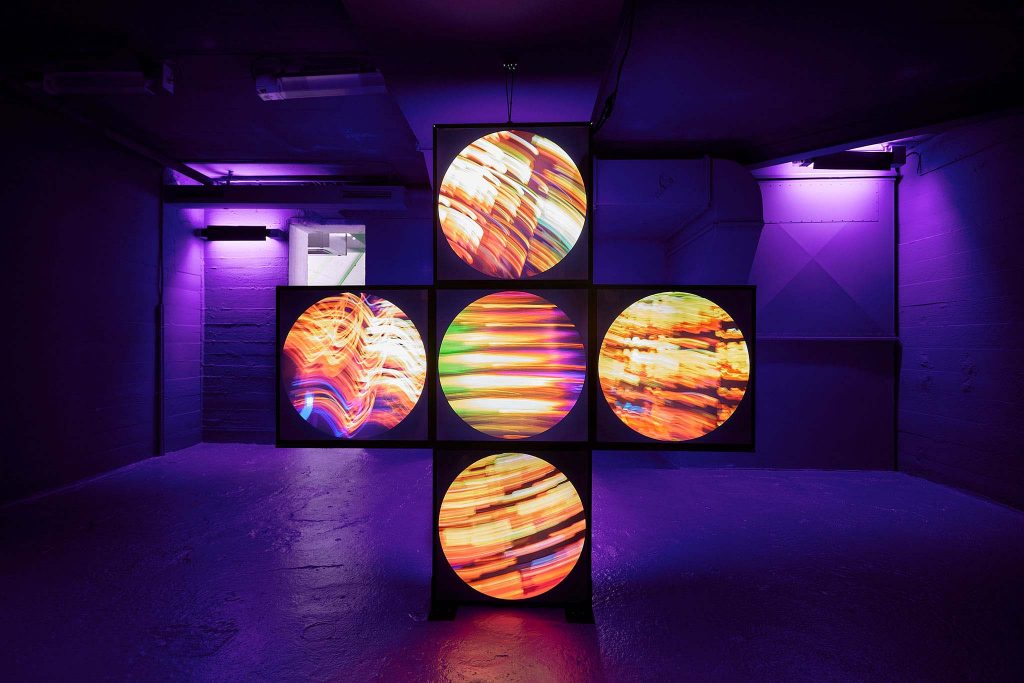
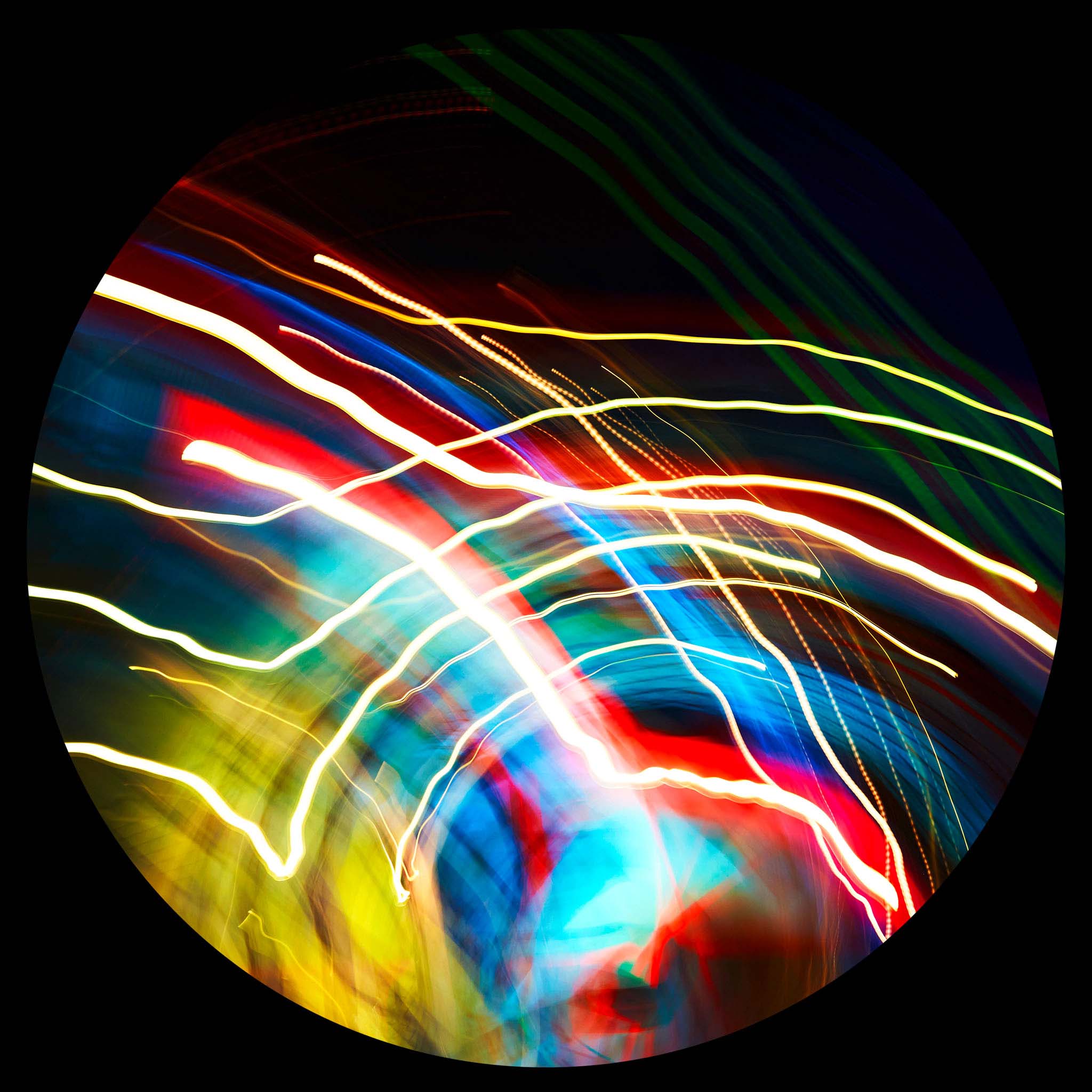
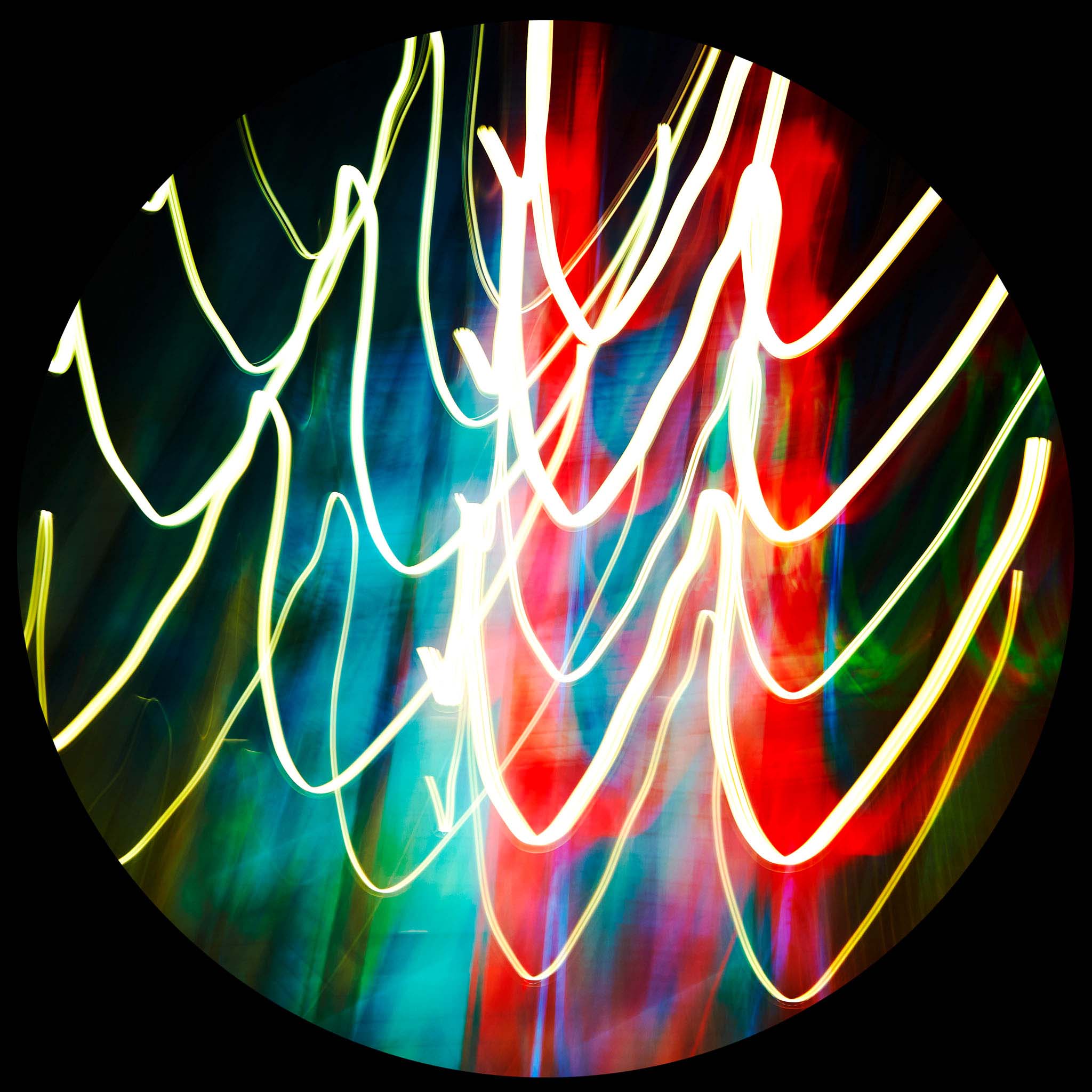
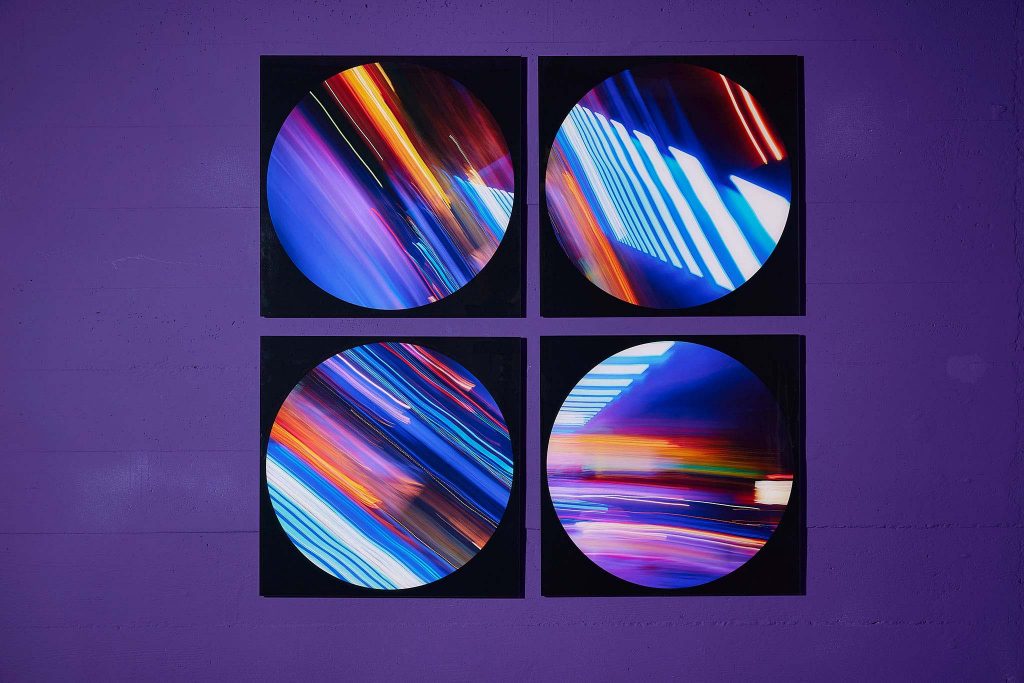
Which cameras did you work with?
The photos are all taken with high-resolution digital cameras, as I want to be able to take sections and have benefited from the very high initial quality.
When was the first time in your life that you held a camera in your hand?
I owe this to two friends of my parents. A professional photographer who showed me his darkroom and explained everything to me and a gifted amateur who took incredibly good portraits. It was their enthusiasm that finally sparked my interest in the first place.
My first camera was a Voigtländer, which used to belong to my grandfather before he gave it to me as a present, and I still have that camera today. I bought my first SLR, a Canon EF with a 50 mm lens, when I was 20 years old. That’s where it all began.
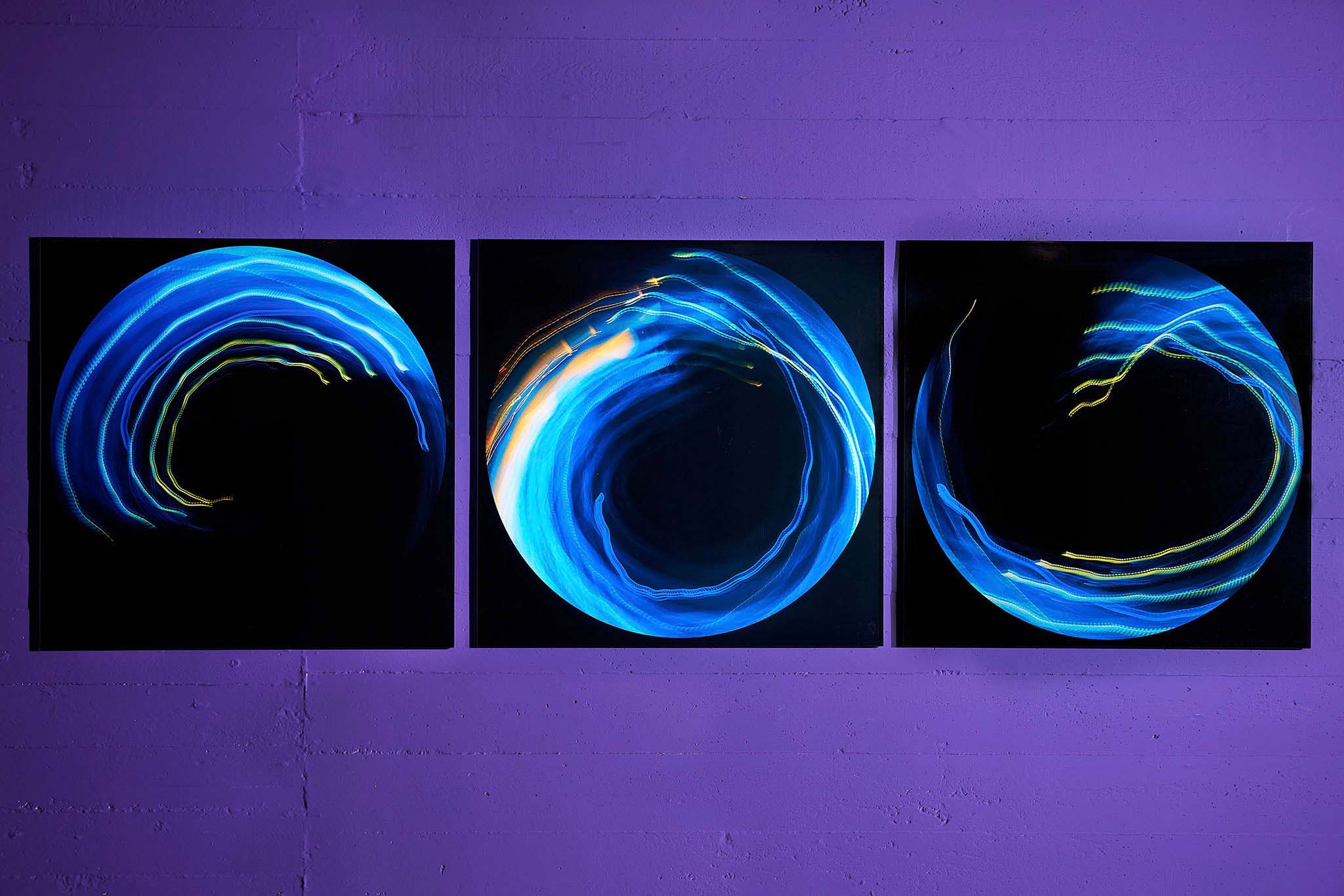
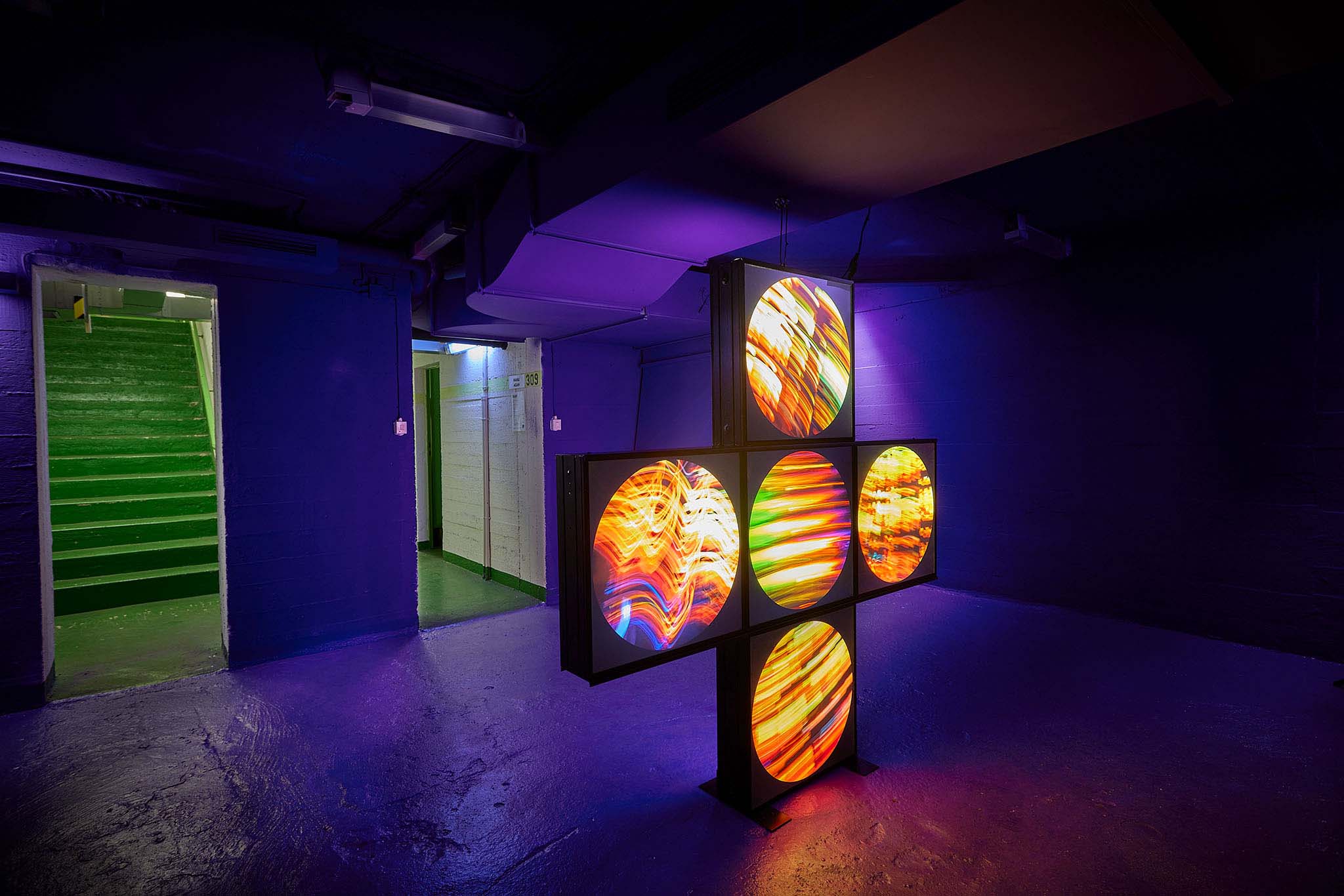
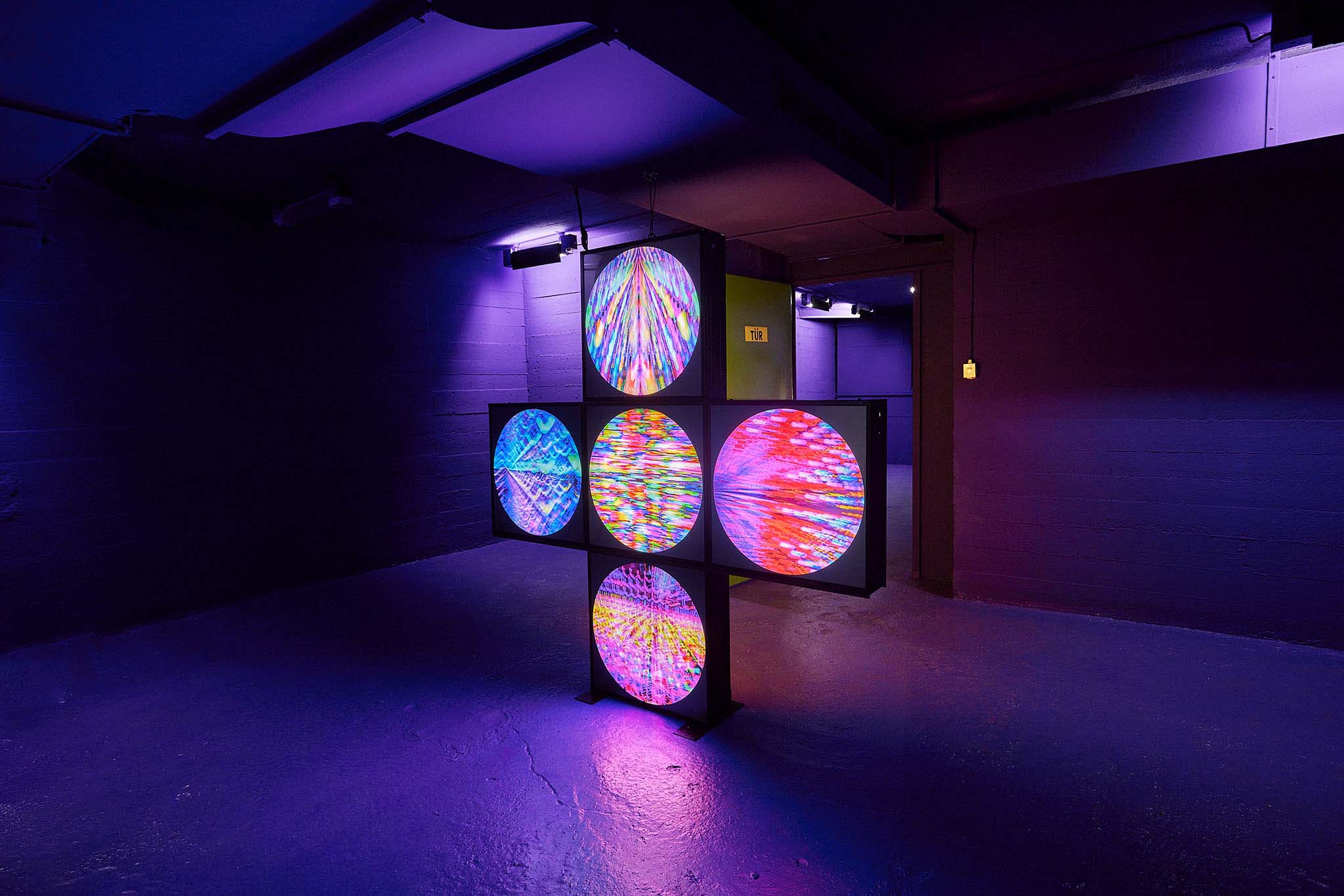
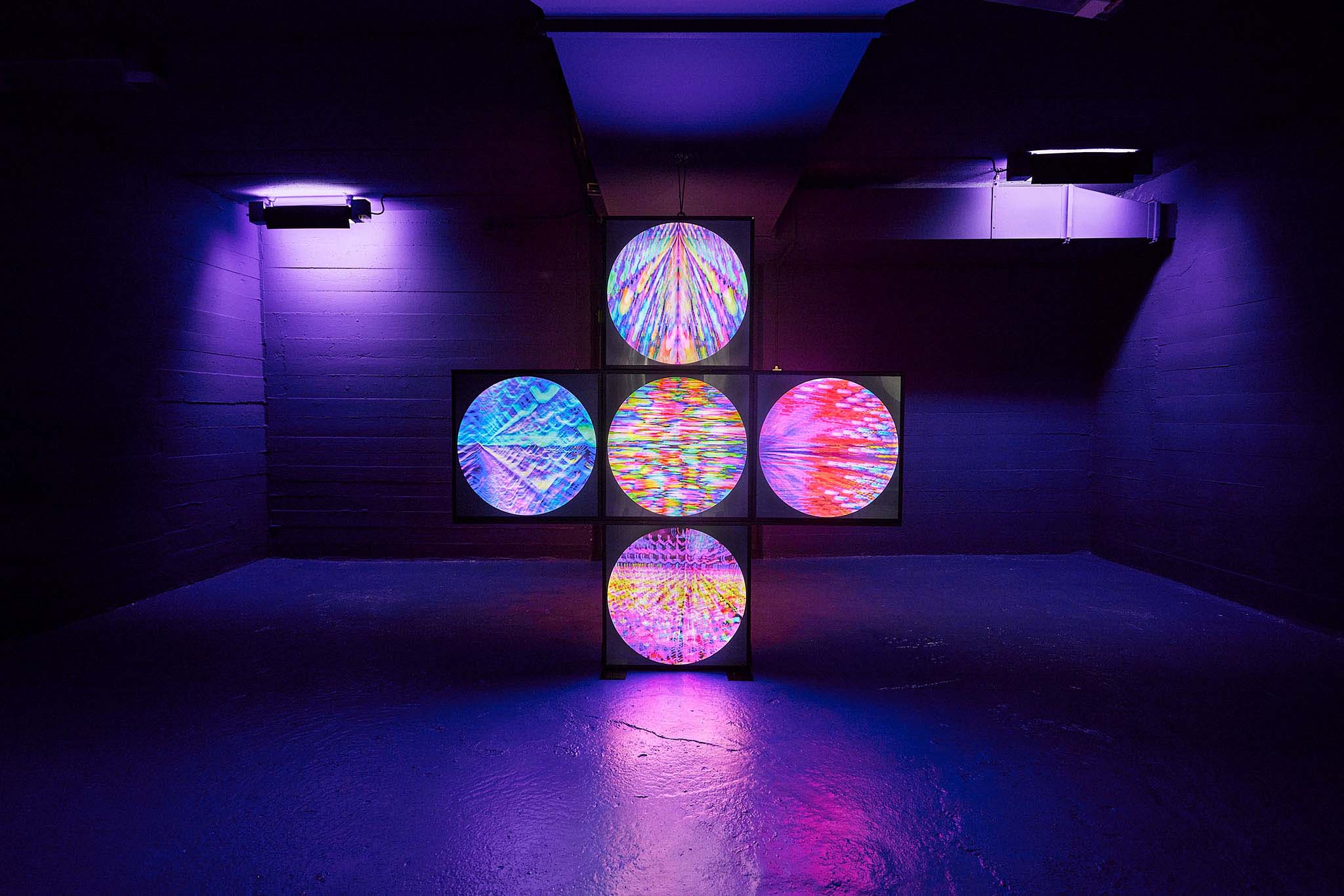
When did you decide to become a professional photographer?
After leaving school, I started studying history and theology because my career goal was to become a journalist. At that time, however, you still had to do civilian service (and military service was out of the question for me), which I did in a hospital and over time I began to have doubts about my academic ambitions.
I then consciously took some time to do more photography. Through a chance encounter, I started working as an assistant for Charlotte March, one of the most renowned fashion photographers at the time. I then worked again as an assistant for various photographers until I started my own business. At first I did a lot of editorial work, mainly portraits for magazines such as “Manager Magazin”, “Stern” and then mainly photos for “Max”.
Later, the jobs for advertising predominated. In the early days, I was definitely influenced by the classics such as Avedon, Penn, Annie Leibovitz Walker Evans and above all Diana Arbus, with her very special view of people – and later also David LaChapelle and Nick Knight.
Which projects have been your personal highlights in recent years?
It’s another project that I have been working on in recent years and that has just been exhibited. Together with two other photographers, the three of us run a WhatsApp group called “Every Day a Picture” (see link below). During the lockdown in 2020, we started sending each other a photo every day until midnight. The rule: anyone who didn’t send a photo would be kicked out of the group.
We have just shown a selection from 1221 days in a fantastic exhibition in Hamburg – some beautiful, touching, varied and very personal pictures, which can also be seen on our website of the same name, by the way.
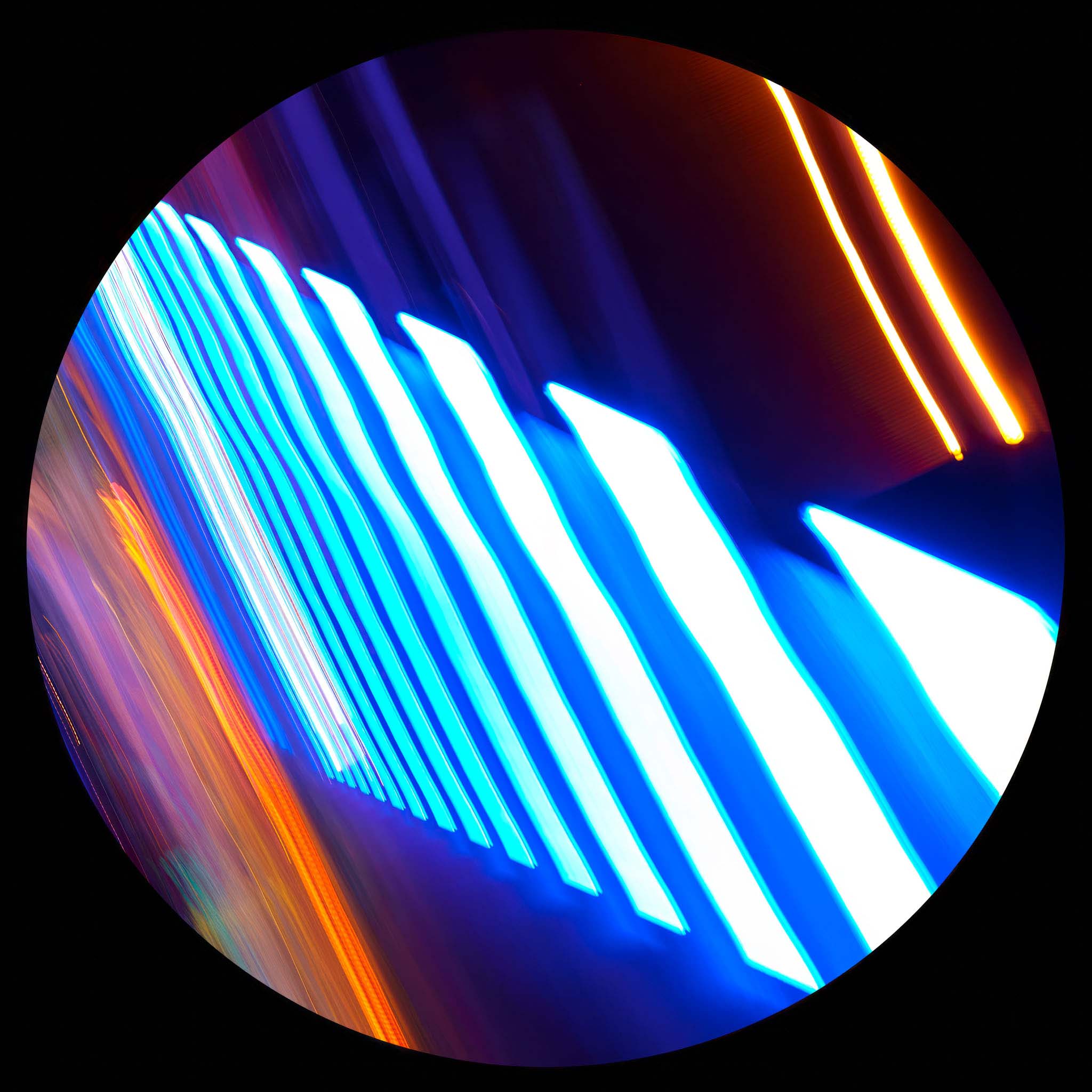
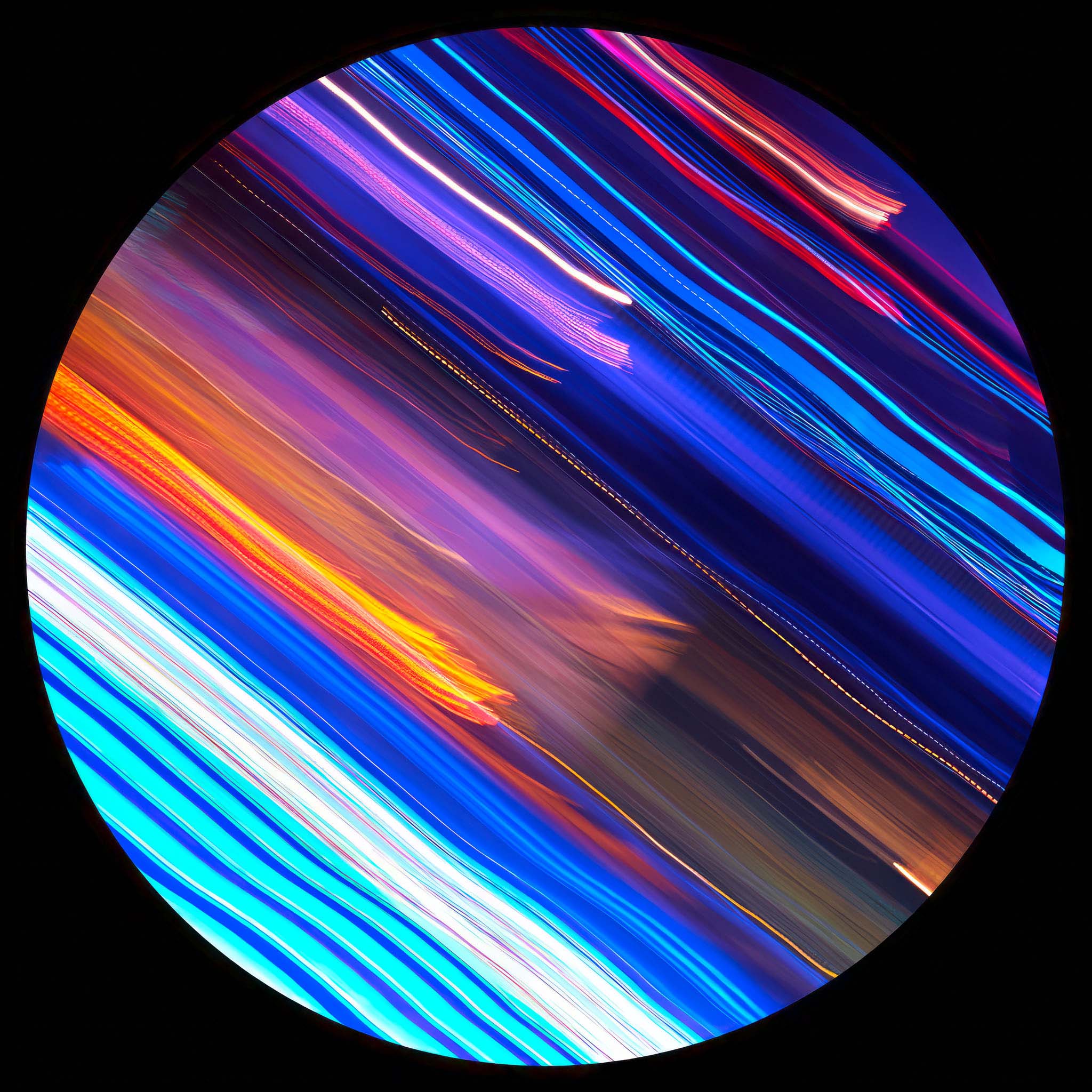
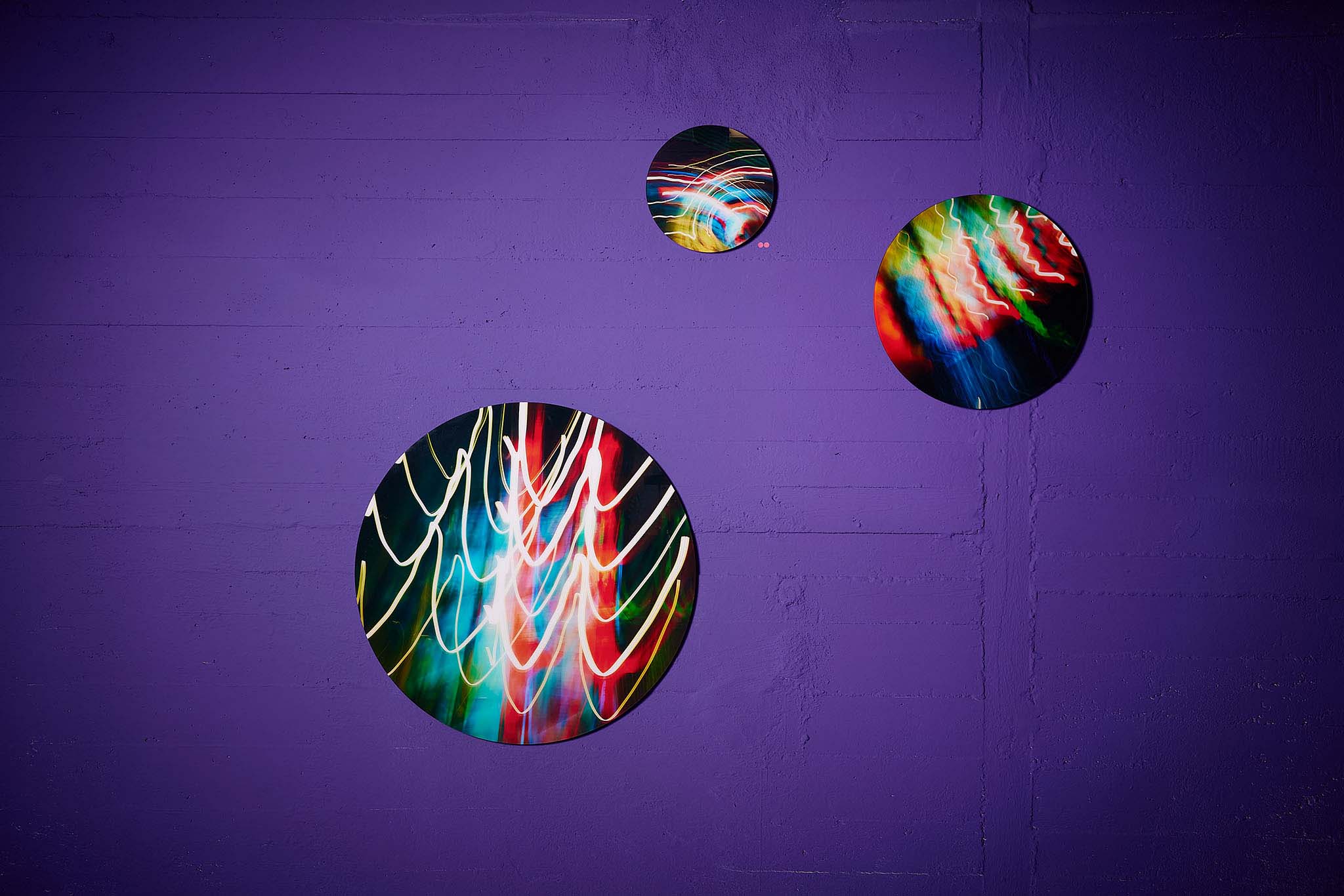
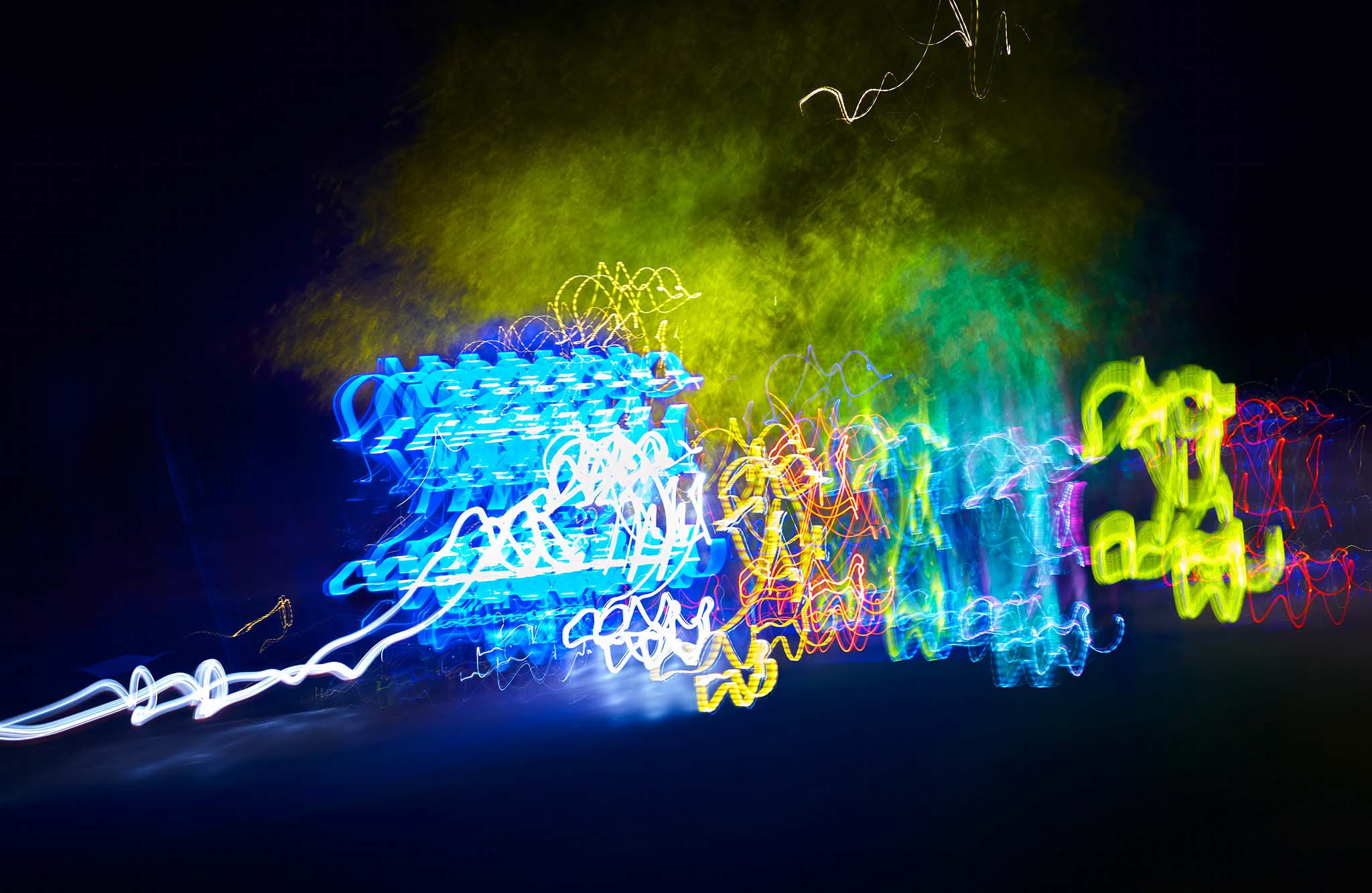
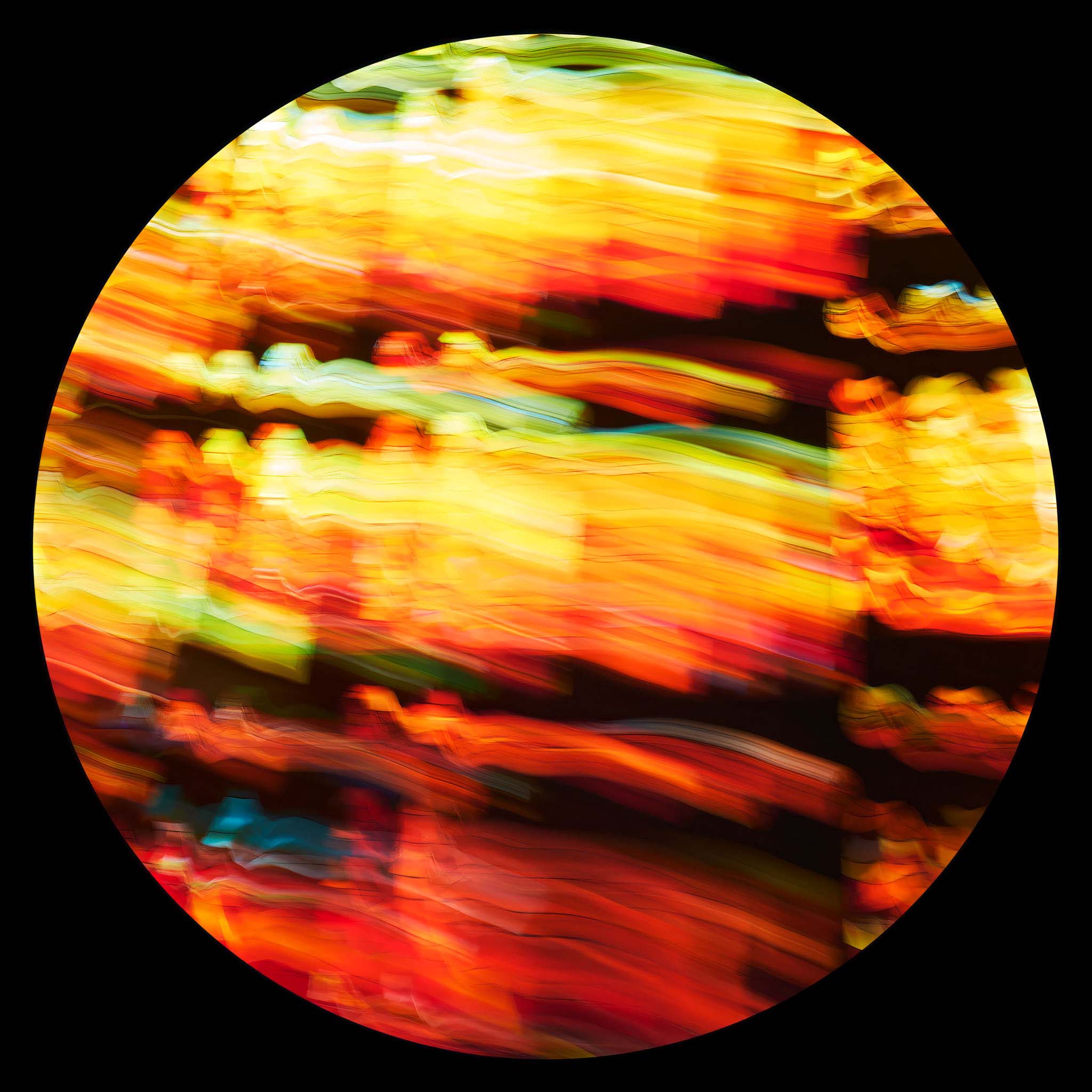
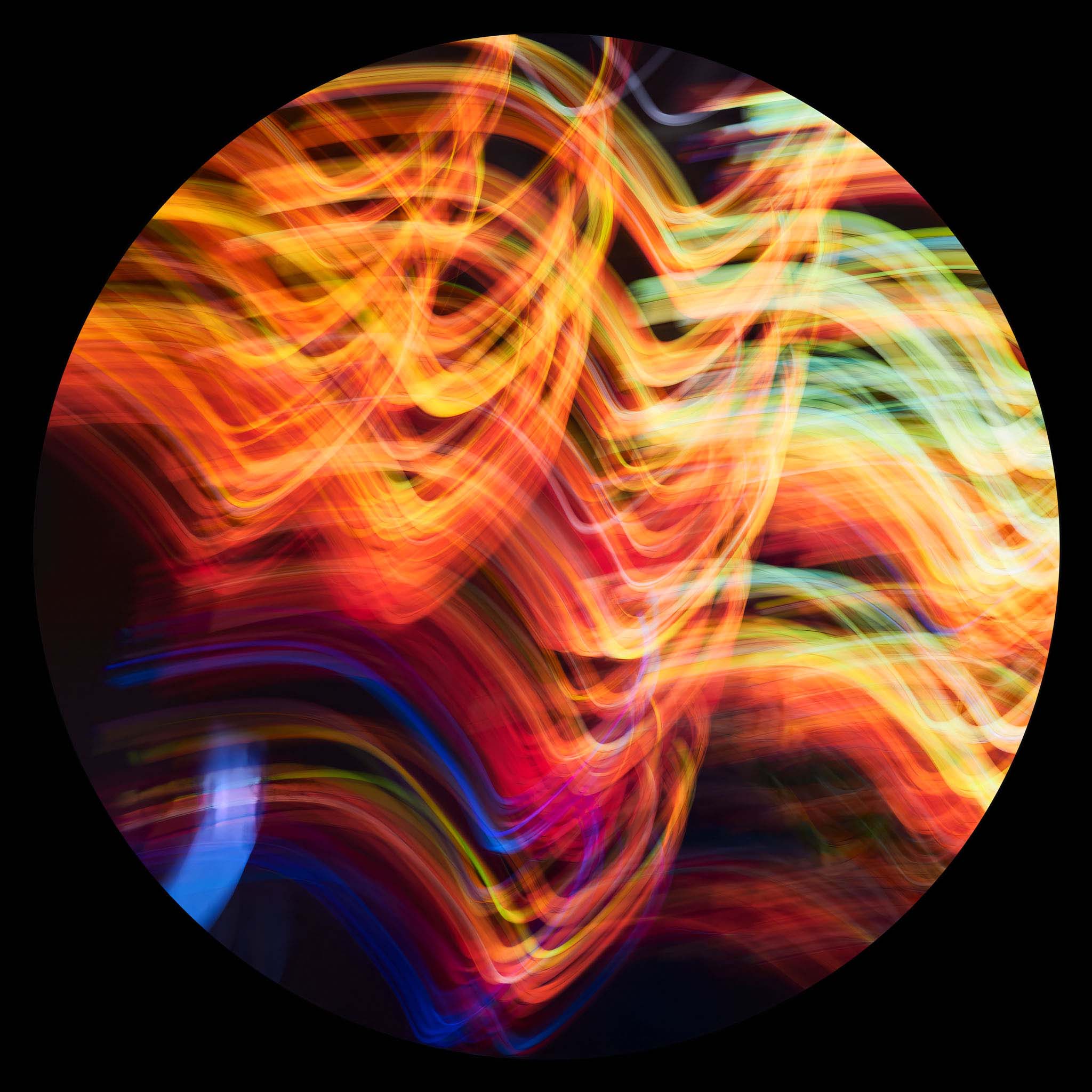
What are your plans for the next twelve months?
In the near future, I will mainly be pushing ahead with the abstract theme, which fascinates me more and more, so the first exhibition at Oberfett is just the beginning. But that’s not all, there are other exciting projects in the pipeline that I’m really looking forward to.
Thank you, Manu!


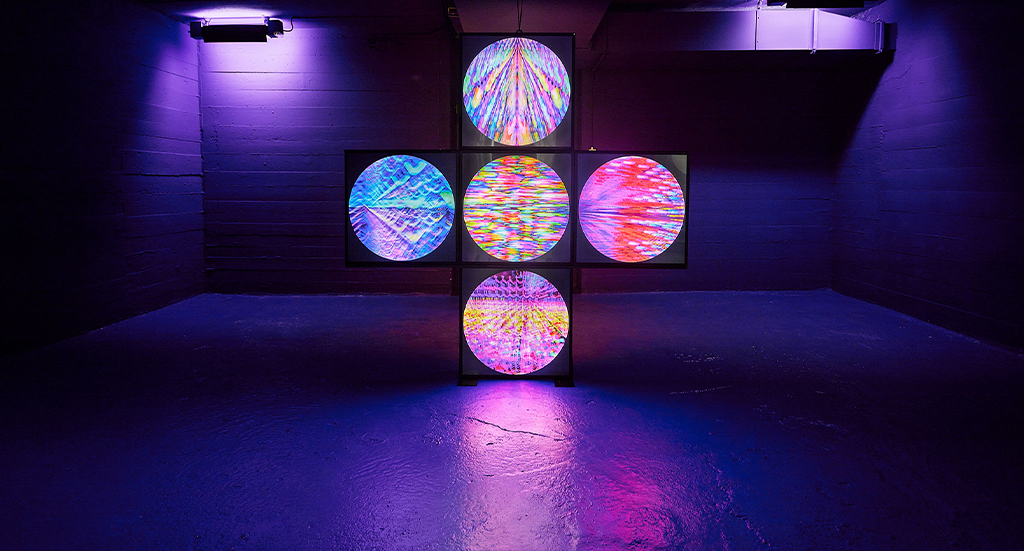
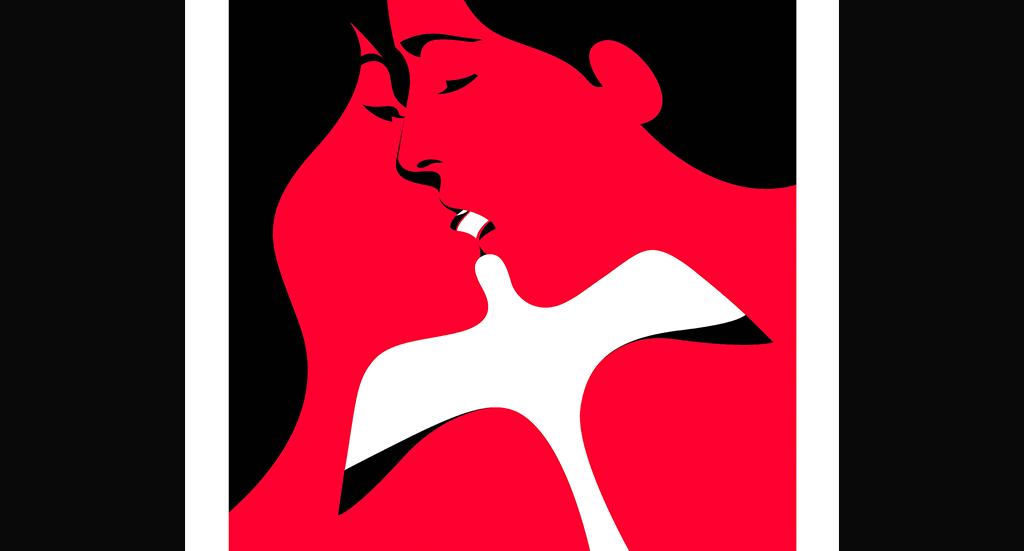
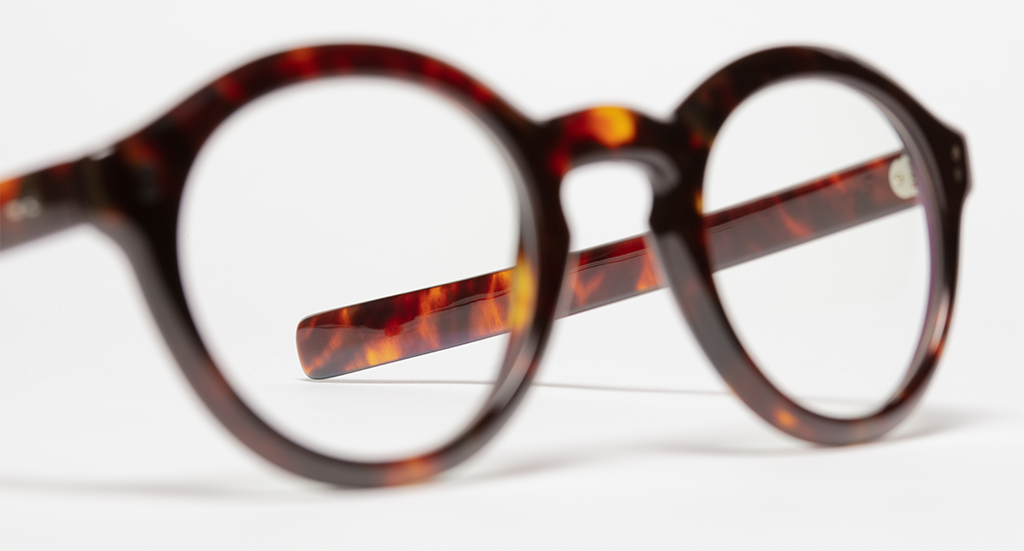

Join our Community